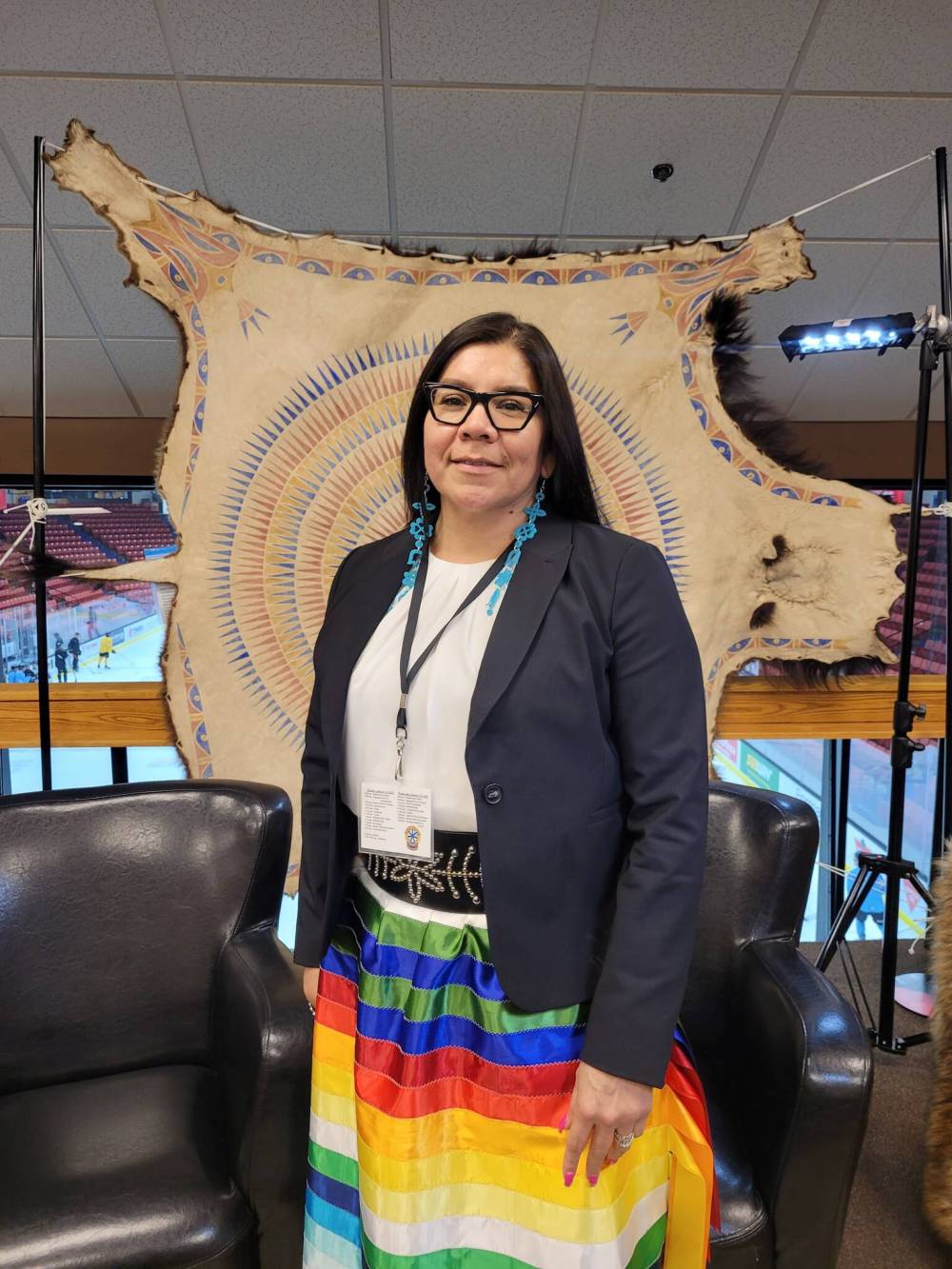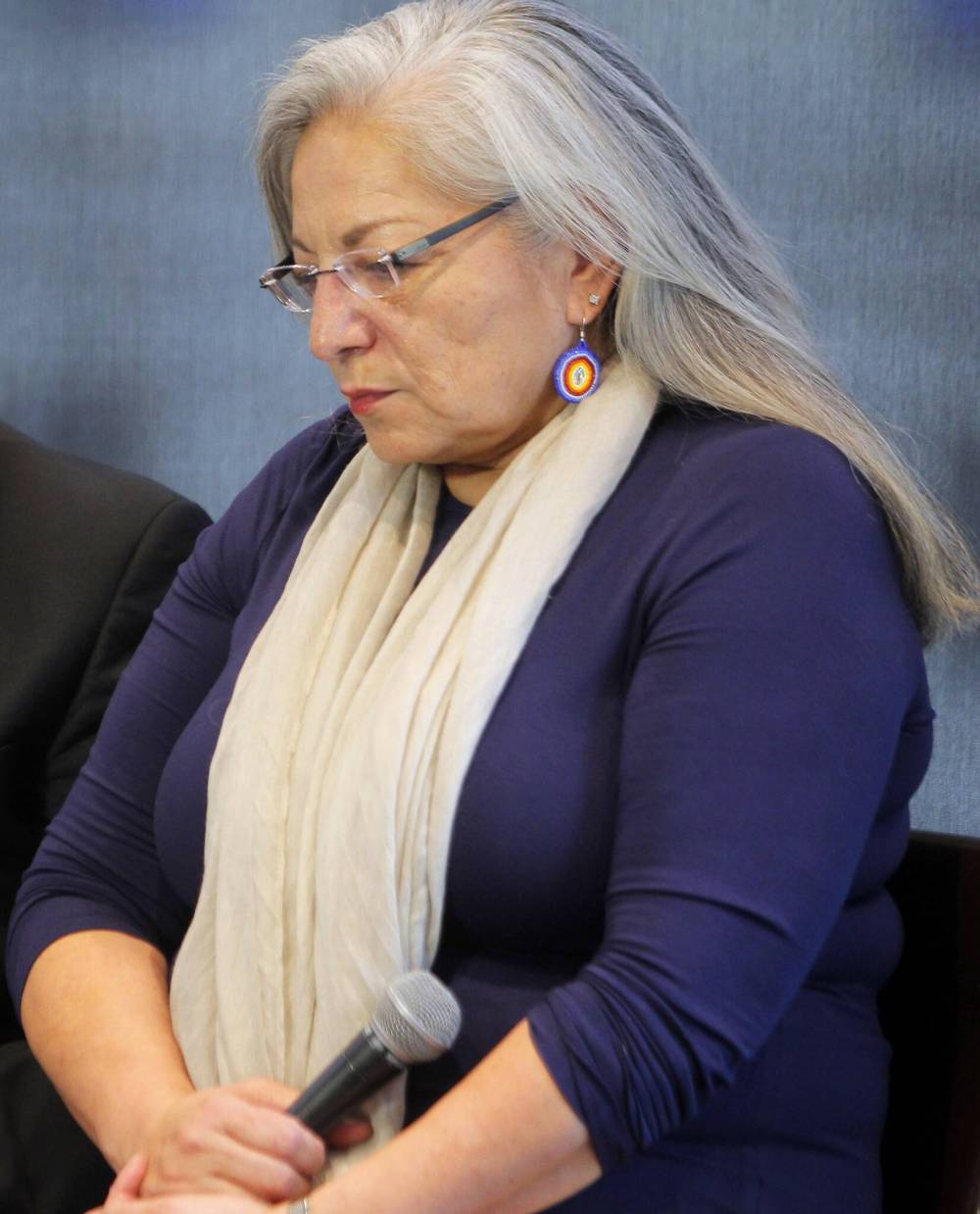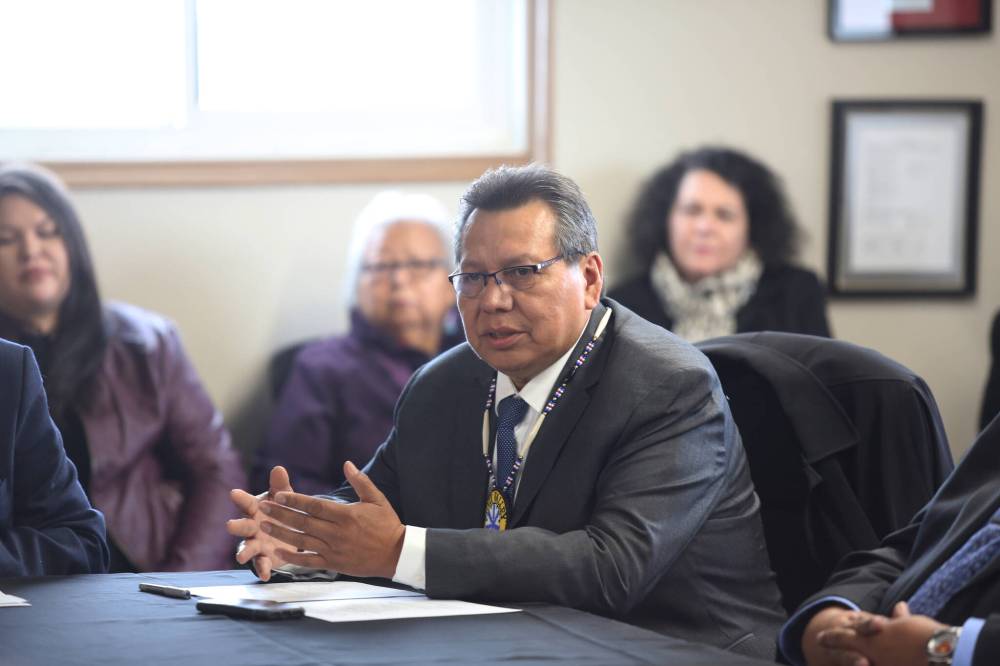Bone seeks re-election in Sioux Valley
Advertisement
Read this article for free:
or
Already have an account? Log in here »
We need your support!
Local journalism needs your support!
As we navigate through unprecedented times, our journalists are working harder than ever to bring you the latest local updates to keep you safe and informed.
Now, more than ever, we need your support.
Starting at $15.99 plus taxes every four weeks you can access your Brandon Sun online and full access to all content as it appears on our website.
Subscribe Nowor call circulation directly at (204) 727-0527.
Your pledge helps to ensure we provide the news that matters most to your community!
To continue reading, please subscribe:
Add Brandon Sun access to your Free Press subscription for only an additional
$1 for the first 4 weeks*
*Your next subscription payment will increase by $1.00 and you will be charged $20.00 plus GST for four weeks. After four weeks, your payment will increase to $24.00 plus GST every four weeks.
Read unlimited articles for free today:
or
Already have an account? Log in here »
Hey there, time traveller!
This article was published 02/09/2023 (790 days ago), so information in it may no longer be current.
Sioux Valley Dakota Nation has three people vying for the position of chief in next month’s upcoming election on Oct. 19, and all three are familiar faces.
Jennifer Bone, who is currently serving as chief of the First Nation, located 50 kilometres northwest of Brandon, is running again because members of her community have stepped forward and asked her to seek re-election.
“That’s what it was,” Bone told the Sun. “I think we have a great team here, and we’ve been working together on pushing some good things here in the community.”

Sioux Valley Dakota Nation Chief Jennifer Bone is running for re-election this fall. (File photos)
Some of Bone’s accomplishments during her tenure as chief of the First Nation includes opening Dakota Tiwahe Services (DTS), a child and family services agency that exists under Sioux Valley’s own jurisdiction.
DTS provides CFS for Sioux Valley members and Dakota families both on- and off-reserve across Manitoba. Children and their families are better protected under the new jurisdiction, Eleanor Elk, an elder and knowledge keeper, previously told the Sun.
Sioux Valley’s community greenhouse has also flourished during Bone’s time at the helm. The facility adds to the community’s existing acres of growing land and 40,000 square feet of gardens. Food grown in the greenhouse is distributed to community members who have registered for subscription boxes. The program started in 2019.
Recently, Sioux Valley has also focused on returning agricultural lands to native Prairie grassland, which will benefit the community’s bison population.
Projects like the community greenhouse and garden and the grassland and bison one are what gives Bone hope for the future because they are being led by Sioux Valley’s younger generation, she said.
“They have a whole different vision,” Bone said. “With the younger generation, they’re more concerned about climate change, food sovereignty, about wanting to do what’s best for our community.”
Leadership needs to take cues from the younger generation, because they need to know that their voices are being heard, Bone said. They deserve a chance to run with their ideas for the betterment of the community, she added.
But perhaps what Bone is most known for is her efforts communicating with the City of Brandon, the province and Turtle Crossing Campground, the site of the former Brandon Indian Residential School, to allow Sioux Valley’s archeology team access to the campground to search for unmarked graves of children who were forced to attend the school.
Most recently, Bone called on the provincial government to grant Turtle Crossing Campground protection under the Heritage Resources Act, which would allow a team to search the site for the graves. Although Bone, joined by Chief Hubert Watt of God’s Lake First Nation and Manitoba Keewatinowi Okimakanak Grand Chief Gordon Settee, made the request at the start of last month, she hasn’t heard back from the province one way or another about it.
“They haven’t been in touch with us,” Bone said.
Sioux Valley has been working toward truth and reconciliation within and outside of the community for a long time, and has specifically been working on projects regarding the former residential school for more than a decade.

Knowledge keeper Katherine Whitecloud is also running for chief of Sioux Valley First Nation.
It’s not something that Bone will stop trying to move forward with if she’s re-elected as chief, she said.
“We continue to advocate and push to ensure that both levels of government are following through with the calls to action, and Manitoba’s path to reconciliation, and calling them out and ensuring these aren’t just documents that are there for nothing — they should be following through with those recommendations that have been put forth and that have been created, and that’s important to us,” Bone said.
As Manitoba moves closer to a provincial election, the issue of truth and reconciliation and the province’s action — and inaction — on the topic will be front of mind for Bone, she said. The province has the ability to assist Sioux Valley’s work at the former residential school, but whether they will remains to be seen, she added.
“It’s implementing their legislation policies to assist not only Sioux Valley, but Indigenous people, because since that Kamloops announcement, there’s been more people starting projects similar to ours,” Bone said.
In all of her efforts, Bone seeks to be a voice for Indigenous people — especially ones like her parents and grandparents, who were residential school survivors. Survivors, their families and the ones who never made it home need people to continue to advocate for them and spread awareness of how important this issue is, she said.
“It just seems that it’s forgotten, and there’s no support there from the levels of government to address these unmarked burials, and help the families that are grieving, the communities. That’s all part of healing and reconciliation and moving forward,” Bone said.
Part of reconciliation is also recognizing how the legacy of residential schools and other aspects of colonialism still affect communities like Sioux Valley, which as experienced several assaults and homicides in the past few years.
“Those are problems that have been left and that people still deal with,” Bone said.
To address the issue of crime in the community, Bone and her council passed a safety law in July, something that Sioux Valley can do as a self-governing Dakota nation. Whether it’s dealing with the meth crisis that is affecting many communities in Manitoba — both Indigenous and non-Indigenous — or addressing increased violence, it starts with understanding what Indigenous people have gone through at the hands of colonization, Bone said.
“There’s healing that has to happen amongst our people, and that goes back to the government and what they’re doing to support us, to ensure that our people are healthy and that they can lead healthy lives and heal from that intergenerational trauma,” she said.
Vincent Tacan, who has served as chief of Sioux Valley Dakota Nation before, says he looked at the list of candidates who were running for chief before putting his name forward.

“I’ve decided that I’m the best chance for Sioux Valley to move to the next level and finally operating as a self-governing First Nation,” he told the Sun in an emailed response to questions about his plans to run for chief.
Tacan would like to see Sioux Valley improve government-to-government relationships and be promoted more in other communities, which he said will lead to greater ability to self-govern.
“I feel as if we have not fulfilled our promise to the youth, who overwhelmingly came out and voted in favour of self-governance. The promises of jobs, housing, and opportunities did not materialize for our young people. We need to restore hope to our members,” he said.
Tacan believes recent crimes in Sioux Valley — including a shooting death in the community last month and a fatal hit-and-run in May — is a result of a decline in opportunities, housing access, a lack of health services and addictions treatment options.
“The lack of feeling safe and secure in our homes results from some of these issues,” Tacan said. “We need to plan, focus and get organized.”
The Sun made multiple attempts to contact Katherine Whitecloud, a knowledge keeper and former chief from Sioux Valley whose name also appears on the list of people running for chief on Sioux Valley’s website, but did not hear back for several days before press time.
» mleybourne@brandonsun.com
» X: @miraleybourne
